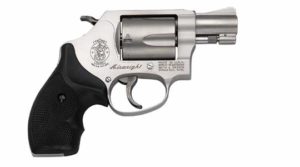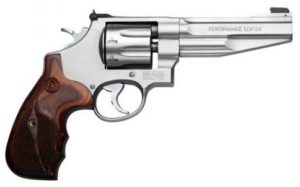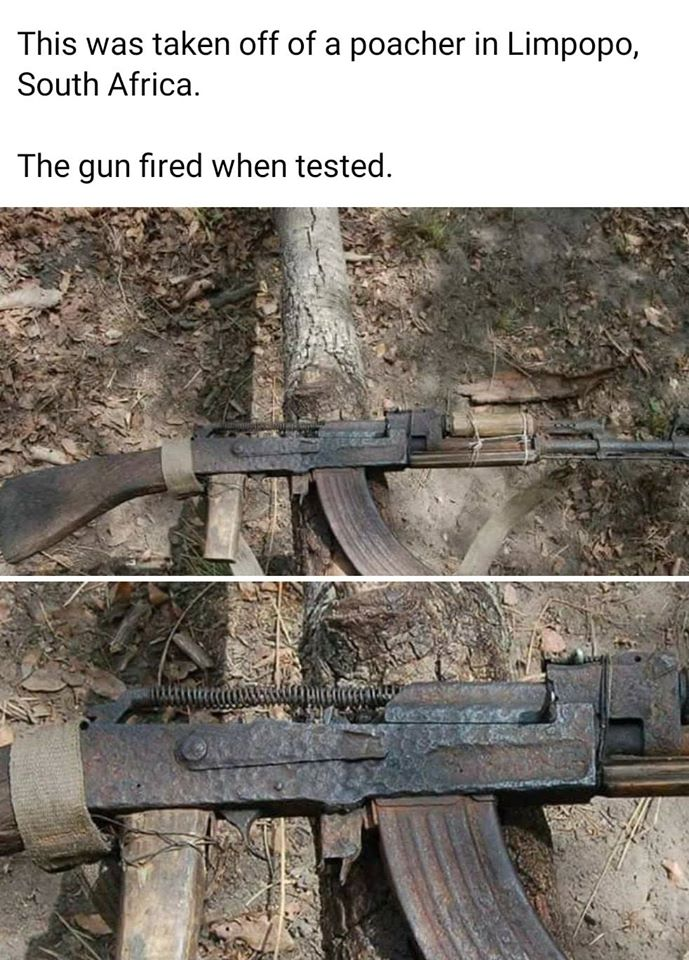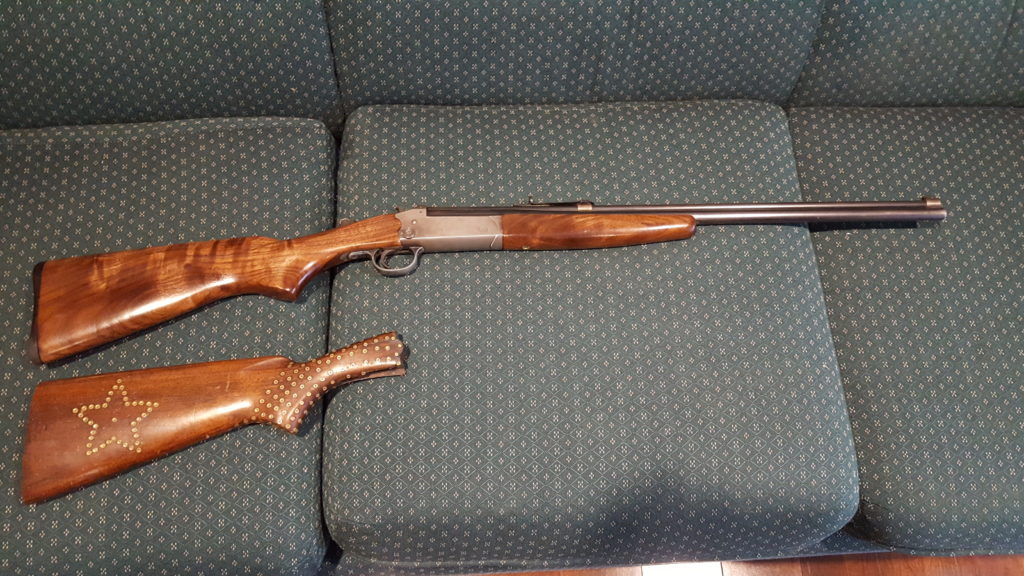I have often spoken of the need for a decent deep-woods gun — preferably carbine-length barrel, with a hard-hitting cartridge that could take care of any game likely to be found inside a hundred yards. (From memory, the average distance for game taken in Pennsylvania forests is about a hundred feet.)
Of course, we all know what fits this bill: the venerable lever-action rifle chambered in something like .30-30 (.30 WCF), which has always done the job with distinction and will no doubt continue to do so for the rest of time as we know it. Here’s a Marlin 336 as seen at Collectors:

Or if we were to go upscale, so to speak, then there’s always the gorgeous Cimarron 1894 carbine:

Now as all my Loyal Readers know well, I am not one who tinkers lightly with tradition, so as a rule I would just say, “That’s that” and move on to other topics.
Not today.
You see, there’s another kind of deep-woods hunting, this time as practiced by Germans, Austrians and the like for as long as anyone can remember. And they didn’t use lever rifles, but bolt-action carbines chambered in their equivalent of our .30-30, the 7x57mm Mauser cartridge, which they found quite adequate for hunting in the forests of Western- and Central Europe (which are as dark and deep as any forests to be found in the U.S., as anyone who has seen them will attest).
And as all my Loyal Readers also know, I have a deep, abiding love for the old Kraut cartridge, having taken many, many impala, springbok and even kudu back in the day with its long, thin and deep-penetrating bullet. (Also one eland, but we can talk about that another time.) Here’s a comparison between the 7x75mm and the well-known .308 Win:
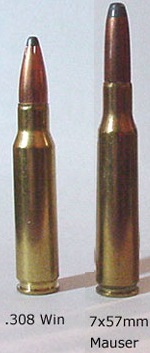
In my case therefore, were I looking for a deep-woods rifle, I would not be limited to a Marlin, Henry, Uberti or Winchester, oh no not me. That would be too easy.
I would also be considering a bolt-action carbine in 7x57mm (just to make my life even more complicated than it should be).
So… with all that background, imagine my surprise, as I was meandering along the electronic highways and (mostly) byways of Ye Internettes, when I stumbled into that evil place known as Steve Barnett Fine Guns, and found this:
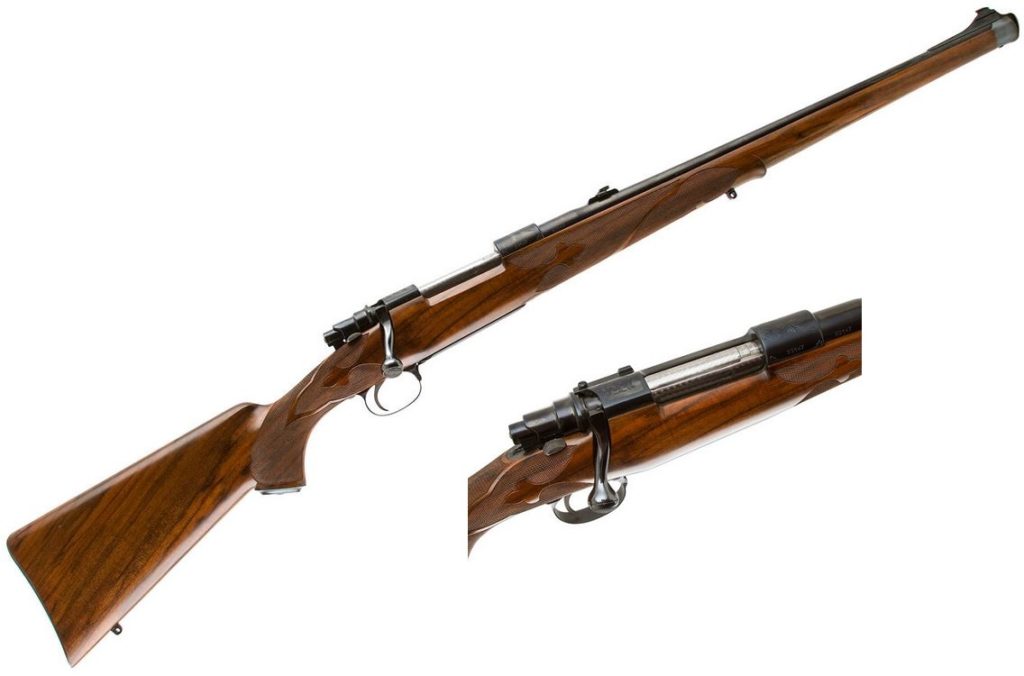
Have mercy. A Mannlicher-style full stock encasing an old Mauser? Be still, my beating wallet.
And beat it would; for this paragon of musketry costs over six thousand dollars, in that it was built by master gunsmith and stockmaker, the late Dale Goens.
In Part 2 next week, I’ll be talking about this situation in detail.





